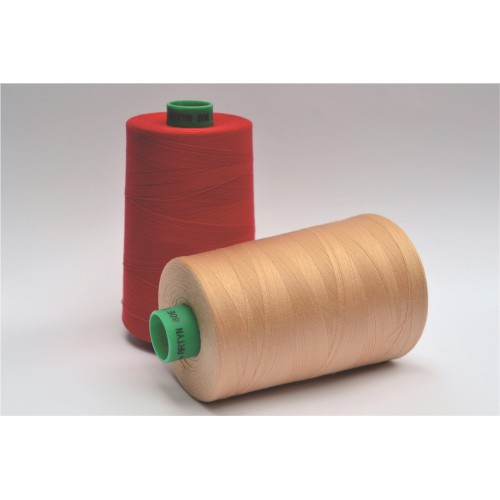

It is practically impossible to exhaustively evaluate neuronal responses to images, due to the combinatorially large number of possible images. What stimuli excite a neuron, and how can we find them? Consider vision as a paradigmatic example, the selection of stimuli to probe neural activity has shaped the understanding of how visual neurons represent information.
NICI XDREAM SOFTWARE
This is a PLOS Computational Biology Software paper. The funders had no role in study design, data collection and analysis, decision to publish, or preparation of the manuscript.Ĭompeting interests: The authors have declared that no competing interests exist. are supported by the Center for Brains, Minds and Machines funded by NSF528STC award CCF-1231216 and also by NIH R01EY026025. This is an open access article distributed under the terms of the Creative Commons Attribution License, which permits unrestricted use, distribution, and reproduction in any medium, provided the original author and source are credited.ĭata Availability: All data underlying the findings described in their manuscript have been made available in the publicly available GitHub repository at. Received: SeptemAccepted: Published: June 15, 2020Ĭopyright: © 2020 Xiao, Kreiman. XDream is implemented in Python, released under the MIT License, and works on Linux, Windows, and MacOS.Ĭitation: Xiao W, Kreiman G (2020) XDream: Finding preferred stimuli for visual neurons using generative networks and gradient-free optimization.

Overall, XDream is an efficient, general, and robust algorithm for uncovering neuronal tuning preferences using a vast and diverse stimulus space. These results establish expectations and provide practical recommendations for using XDream to investigate neural coding in biological preparations. Lastly, we found no significant advantage to problem-specific parameter tuning. Furthermore, XDream is robust to choices of multiple image generators, optimization algorithms, and hyperparameters, suggesting that its performance is locally near-optimal.

XDream extrapolates to different layers, architectures, and developmental regimes, performing better than brute-force search, and often better than exhaustive sampling of >1 million images. XDream can efficiently find preferred features for visual units without any prior knowledge about them. We also explored design and parameter choices. We evaluated how the method compares to brute-force search, and how well the method generalizes to different neurons and processing stages.

We use ConvNet units as in silico models of neurons, enabling experiments that would be prohibitive with biological neurons. Here we extensively and systematically evaluate the performance of XDream. A new method termed XDream (E Xtending DeepDream with real-time evolution for activation maximization) combined a generative neural network and a genetic algorithm in a closed loop to create strong stimuli for neurons in the macaque visual cortex. The characterization of effective stimuli has traditionally been based on a combination of intuition, insights from previous studies, and luck. A longstanding question in sensory neuroscience is what types of stimuli drive neurons to fire.


 0 kommentar(er)
0 kommentar(er)
